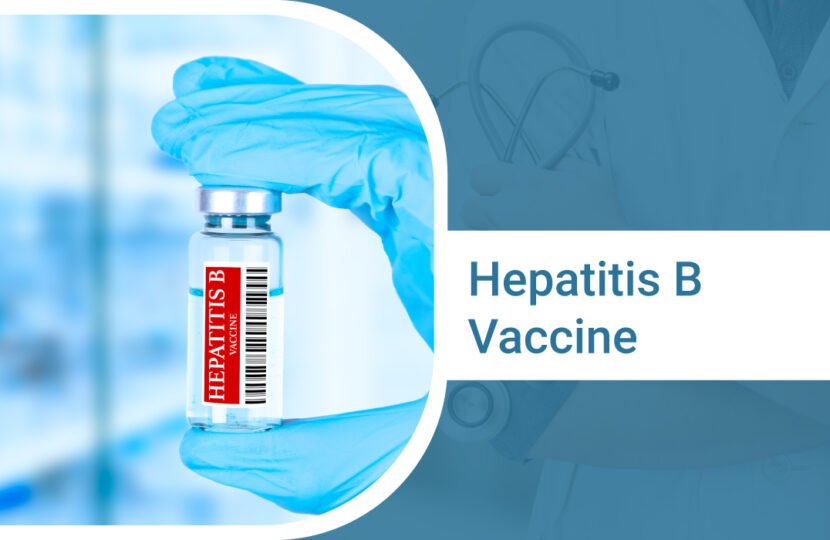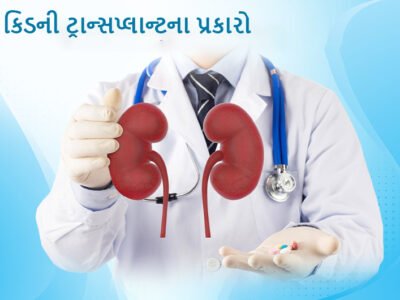With the growing rate of biohazard lately, the necessity of awareness regarding diseases has been increasing inevitably. One of the methods of this awareness is to understand the outspread of biohazards in the past world. We can do that by understanding by gaining systematic knowledge about the disease through its data, threat, symptoms, treatment, and most importantly prevention. One such deadly disease which can provide a perfect illustration of this understanding is hepatitis b.
In 2015, 257 million people were living with chronic conditions of hepatitis b and about 900 thousand people died due to it. Now, hepatitis b is the most common liver disease in the world caused by the HBV virus. It causes cirrhosis and even liver cancer which makes it life-threatening. Hepatitis b, at present, has the highest prevalence in the western Pacific and African regions.
Hepatitis b is primarily transmitted from mother to child, sexually, and by misuse of syringes. It is transmitted through the exchange of bodily fluids such as blood, saliva, and seminal, menstrual, and vaginal fluid.
Some symptoms of hepatitis b are as follows:
Mild symptoms
- Jaundice
- Dark urine
- Fatigue
- Nausea
- Vomiting
- Abdominal pain
Acute hepatitis b can also cause liver failure which can also develop into cirrhosis, making hepatitis b deadly. There is no specific cure for acute hepatitis b in today’s world. Therefore, it is important to opt for its preventive measures which mainly include hepatitis b vaccination.
Importance of hepatitis b vaccination
Hepatitis b vaccination offers 98 to 100 percent protection against hepatitis b. WHO recommends making all infants get the hepatitis b vaccine within 24 hours after birth. Timely birth doses are effective to reduce mother-to-child HBV transmission.
Schedule of hepatitis b vaccine
A minimum duration of eight weeks should be there between the second and third dose or the third and fourth dose depending on whether one is following a three-day schedule or four days schedule.
In elderly, CKD(Chronic Kidney Disease), and immune-compromised patients, doses are doubled, and 4 doses are given at 0, 1,2,12 months, respectively.
Location of vaccine
Intramuscular -Deltoid or Anterolateral thigh
Dose at birth
If the baby is unexposed to hepatitis b then the dose should be taken within 24 hours after birth. On the other hand, if the baby is exposed then 12 hours after birth is the appropriate time.
Importance of hepatitis b vaccination in CKD patients
As during hemodialysis, the body is exposed to blood and body fluids, the patient is at higher risk of getting hepatitis b infectious. Therefore, vaccination is important for these patients.
The dosage for these patients is as follows: – 40 micrograms, double injection for each dose, and a total of four doses at 0, 1, 2, and 12th months, respectively.
CONTACT FOR MORE INFORMATION: https://alfakidneycare.com/


